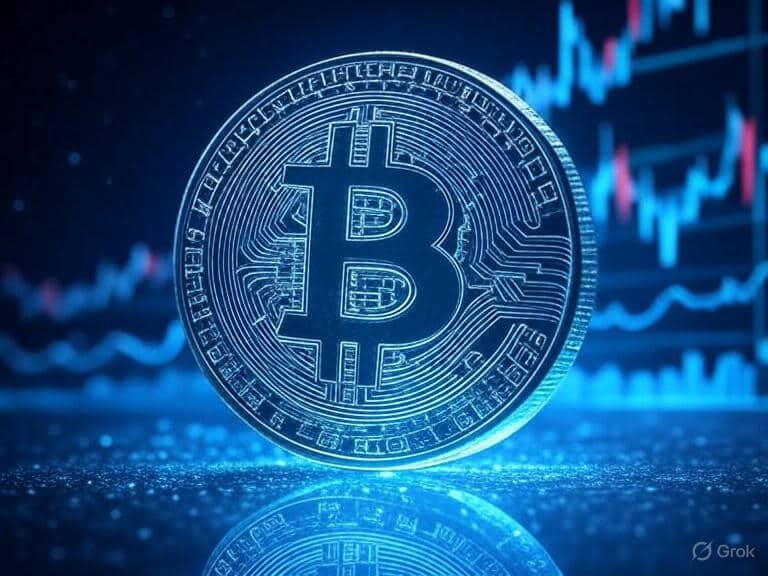MicroCloud Hologram Stock Soars as Bitcoin Bet Pays Off Big
Folks, let’s talk about a stock that’s lighting up the market today like a Fourth of July firework: MicroCloud Hologram Inc. (NASDAQ: HOLO). As of this writing, HOLO is surging, up over 20% in pre-market trading, and it’s all thanks to a bold move that’s got Wall...






